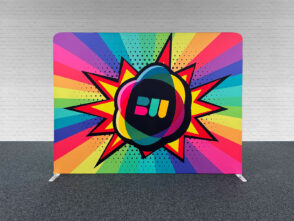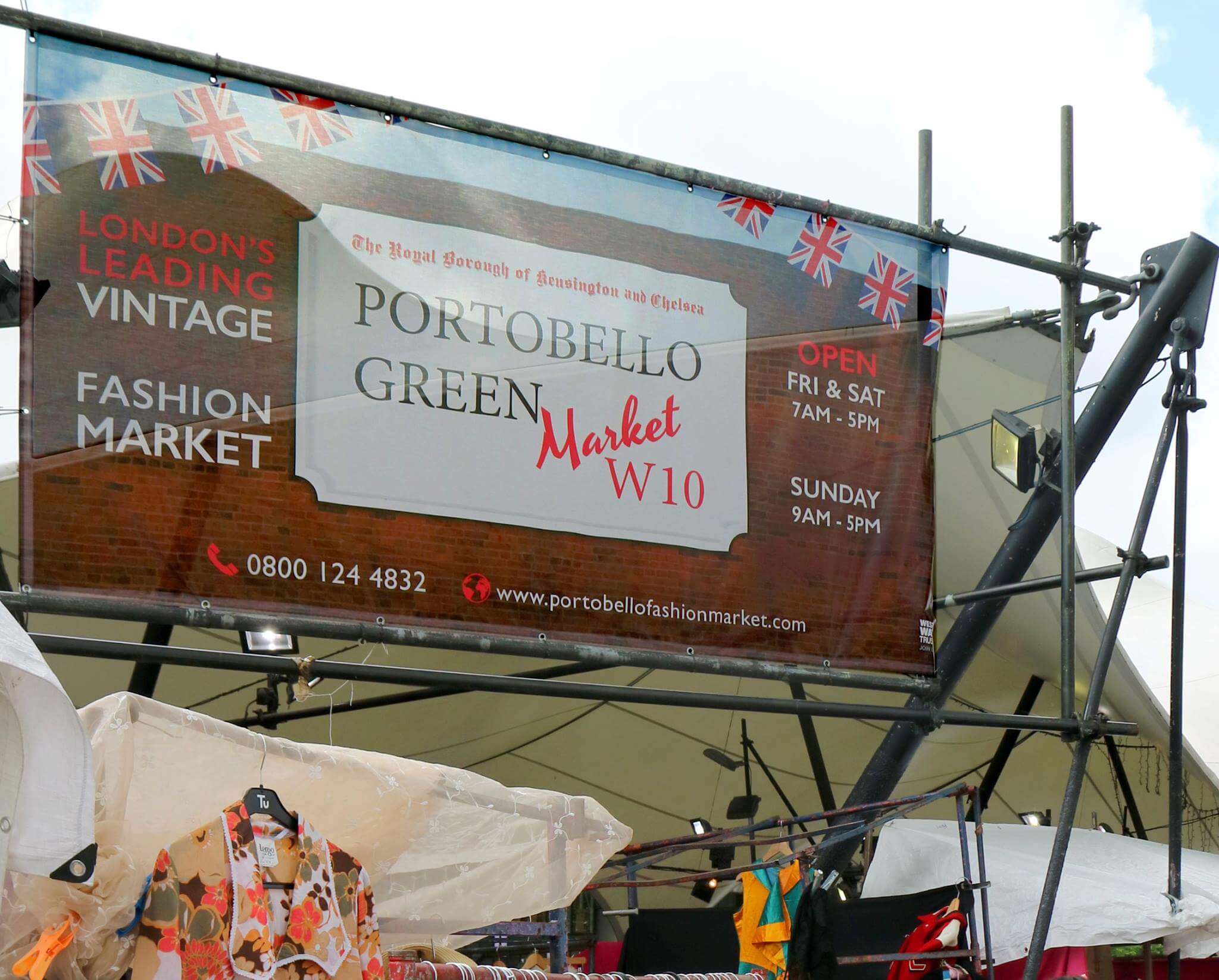What is Colour?
Colour is something that we take for granted every day and most probably never think about it. But what is colour? A rainbow shows us a full spectrum of colour.
Even though we don’t realise it, colours play an essential part in our lives and can affect how we feel and trigger emotions. When artists and advertisers alike use colour, they do this in a certain way that can influence individuals and stimulate a reaction.
Colour is how the human eye interprets visual perception. Stimulated by light radiation, cone cells in the eye detect different light wavelengths. These different wavelengths hitting the eye will decide which colour you see.
Have you ever thought that the colour you see may look different to the person stood next to you? We have no way of really understanding if the brains of people choose to read colour differently. Individuals born with colour blindness can be confused with colours such as greens, reds and browns. To that person, the colours will look very similar, and it will be hard to tell them apart. Without our eyes, would it mean that the whole world is just grey or colourless? The world we see could be either colourful or colour-less. Or is the colour we see only an interpretation only of the partnership between the human eye and brain? Weird stuff eh!
What is Light?
Light is an electromagnetic spectrum. The spectrum ranges from radio waves to gamma rays. The longest wavelength is red, and the shortest wavelength is violet.
Ultraviolet has an even shorter wavelength but is not visible to the human eye. Infrared rays have longer wavelengths. Humans cannot see Infrared but can feel the heat from which it generates.
The eye absorbs light which bounces of objects. The amazing thing about light is the speed it travels. Light travels at 186,000 miles per second. The incredible speed of light means that light can cover the distance equal to the circumference of the world in 0.1 seconds.
Take an object like a Lemon. The Lemon will absorb some parts of the light spectrum and reflects others. Which wavelengths reflect and absorb light will depend on the properties of the surface of the object. In the case of a Lemon, the wavelengths of the yellow part of the spectrum will bounce back with the other wavelengths being absorbed. The reflection and absorption of light make the Lemon appear to us yellow.
Is Black a Colour?
What about the colour black? There is nothing on earth that is 100% Black. Full Black is something that would reflect no light. Even the blackest of Blacks will reflect some light. The darkest substance known to man is a relatively new invention called ‘Vantablack‘. Invented in 2014 by ‘Surrey NanoSystems’, Vantablack absorbs 99.96% of light. Its created by a surface of carbon nanotubes, which are tiny carbon cylinders which are as thin as one atom. For an object to be completely Black, its surface would need to absorb 100% of all light radiation.
While an artist would consider Black a colour, a scientist would argue that it is not a colour due to the absence of colour.
What are Primary Colours
Primary colours are colours which are the basis of all other colours. Other colours cannot be combined to create a primary colour.
Secondary Colours
Secondary colours are a mixture of two primary colours. For example, if you add the same amount of blue and yellow paint together the mix of the two colours would make green paint.
Tertiary Colours
Tertiary colours are in-between colours. A tertiary colour is a mixture of a primary colour and a secondary colour. Tertiary colours are overlapping colours which create the missing parts of the colour spectrum. EG: Mixing a primary yellow with a secondary green would give a more Yellowly Green.
What are Shades and Tints?
Shades and tints are colours where either Black or White would be added. White being a tint, and to create a shade black would be added.
What is a Monochromatic Colour?
Similar to the above Monochromatic colour is a variety of colours which have the same hue. Imagine a greyscale image with a colour overlay. A Monochromatic image is a group which all have the same values but different white or black values. The only difference between the colours would be adding white or black.
Adding White or Black will either lighten or darken the tones creating a monochromatic image.
Passive Colours vs Active Colours
Active colours are bright and stimulating. Active Colours stimulate the brain and create awareness. Passive colours are more neutral, muted, soothing colours which would be less noticeable and less intriguing. When a garden is in full bloom, you would be more likely to notice a red rose as opposed to a tree leaf. And here’s another example – if a patient in a care home has a plain door with a passive colour, it wouldn’t be very noticeable to them. Upon sight, a bright coloured dementia door wrap, brain stimulation and awareness would increase. This, in turn, helps the patient to navigate to that door or entrance.











Leave a Reply
You must be logged in to post a comment.